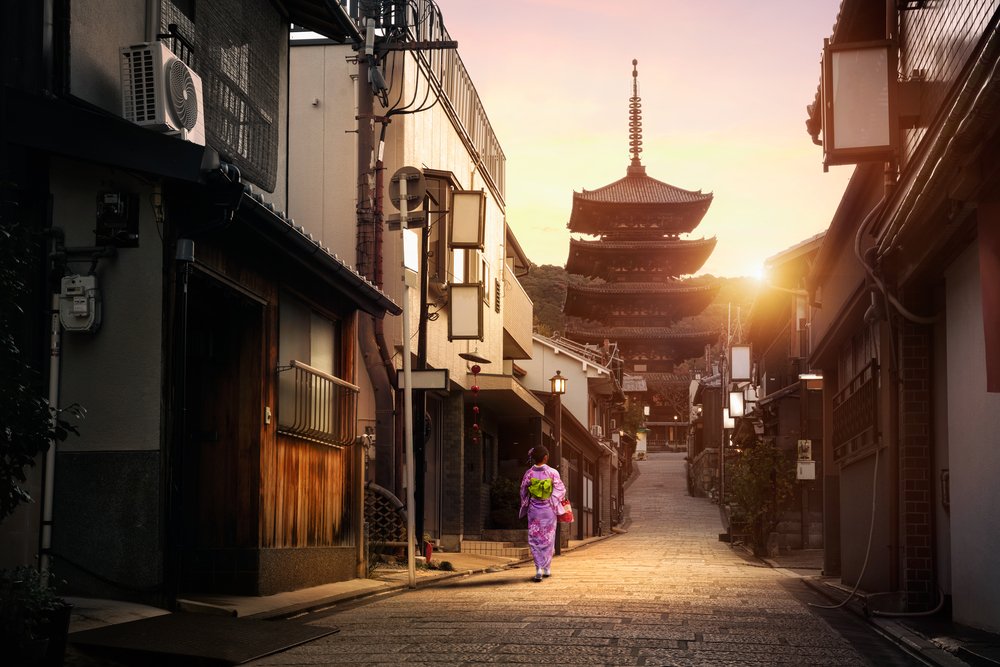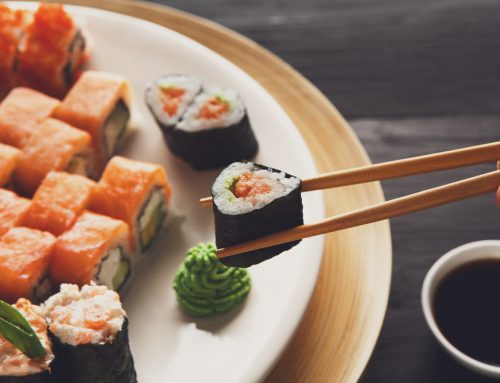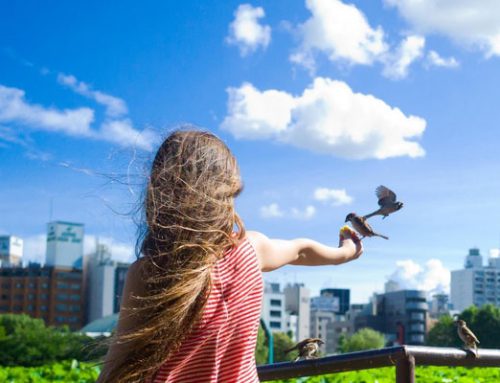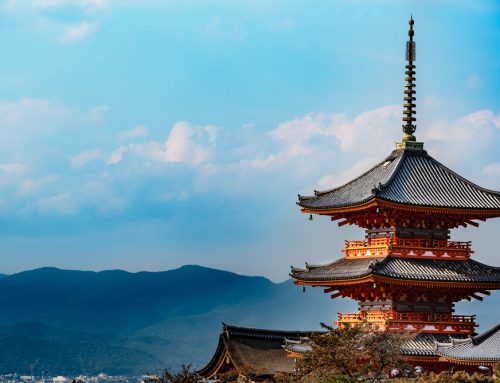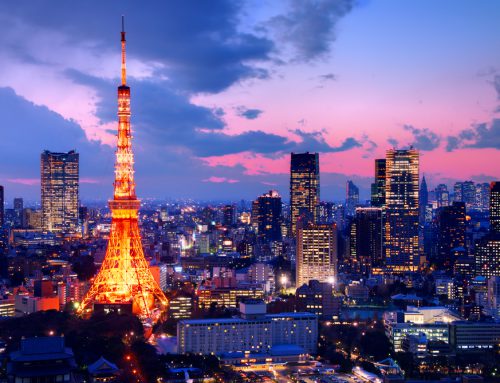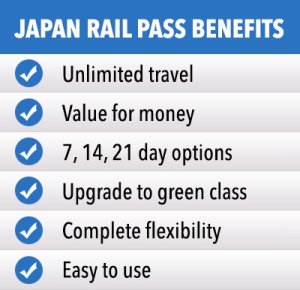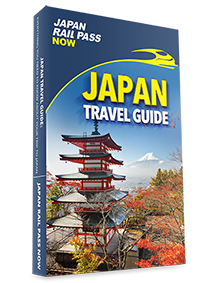Kyoto is one of the most fascinating cities in Japan. It was the capital of Japan for eleven centuries, until 1868 when the Emperor moved his primary residence to Tokyo. Although Kyoto was heavily damaged in internal Japanese conflicts throughout that period, it was spared most of the ravages of World War Two and was removed from the list of candidate cities for the atomic bomb at the personal insistence of American Secretary of War Henry L. Simpson. Simpson had visited Kyoto on several occasions and had been impressed by its beauty, history and rich culture. Kyoto was and still is the intellectual capital of Japan.
Kyoto is a compact city that is easily accessible by bicycle. However, if you plan to bike around Kyoto, remember that bicycle parking is permitted only in designated areas.
The list of things to see and in Kyoto is huge, here are some of the highlights.
A Maiko is a geisha girl who is still in training. The show costs about $220 and is highlighted by a traditional meal. The cost may seem high, but you get the chance to see a disappearing element of Japanese culture, before it’s gone. There are less than one-thousand maiko and geisha girls left in Japan.

Visit the Nishiki Market – This is a famous five block area known as “Kyoto’s Kitchen.” There are a multitude of shops and restaurants and many shops specialize in only one food and almost everything sold is locally produced. You can wander around this hub of culinary delight. Many shops give out samples and others sell sample dishes that you can eat right there. There are numerous eateries that range from complete restaurants to a few stools at an eating bar. The market is very old, dating back to 1310, and many of the establishments have been owned and operated by the same families for many generations.
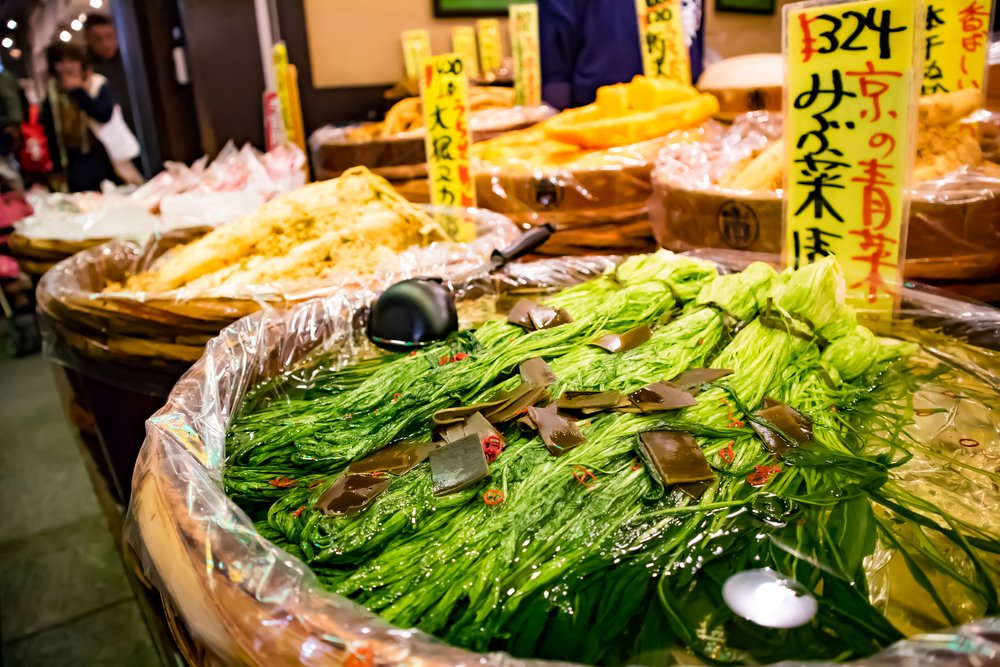
You can visit the beautiful Ryoan-ji Temple, with it’s famous raked gravel rock garden. The meaning of the garden is uncertain, but it is designed so that from any vantage point, one rock is always hidden from view. The site was originally an aristocratic villa and became a Zen Buddhist temple in 1450.
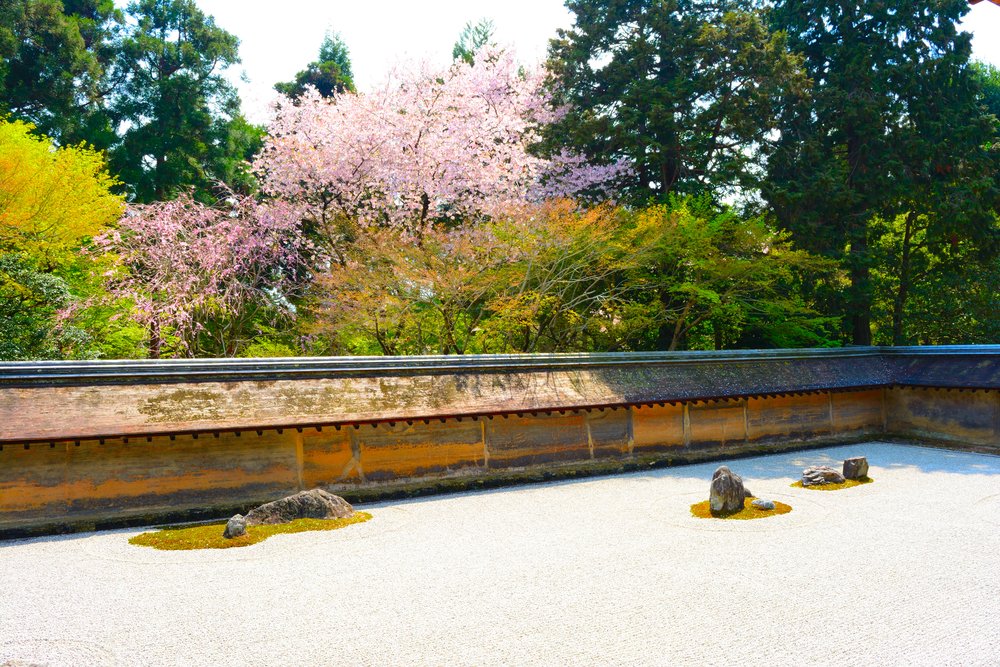
You can also visit Kyoto Tower, were a lift will take you high above the city for a circular view of the Kyoto and the surrounding area. You can even see Osaka on a clear day.
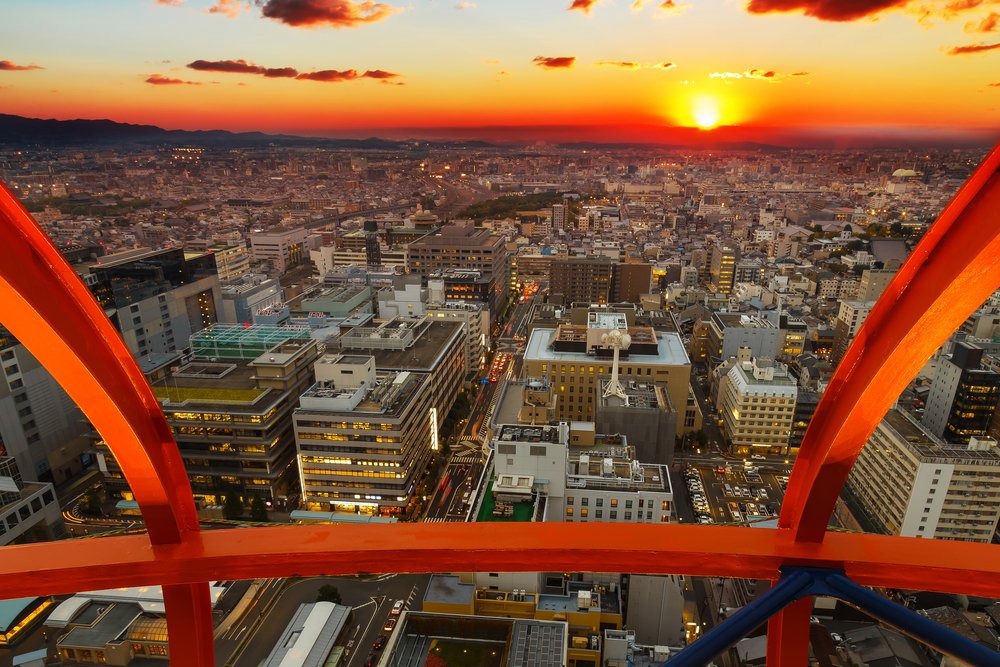
And don’t forget the Kyoto Manga Museum with a collection of over 300,000 comic books that you can actually take down from shelves and read along with numerous other related exhibits.
You can feed the snow monkeys, at Iwatayama Monkey Park, where over 170 Japanese macaque monkeys romp and play.
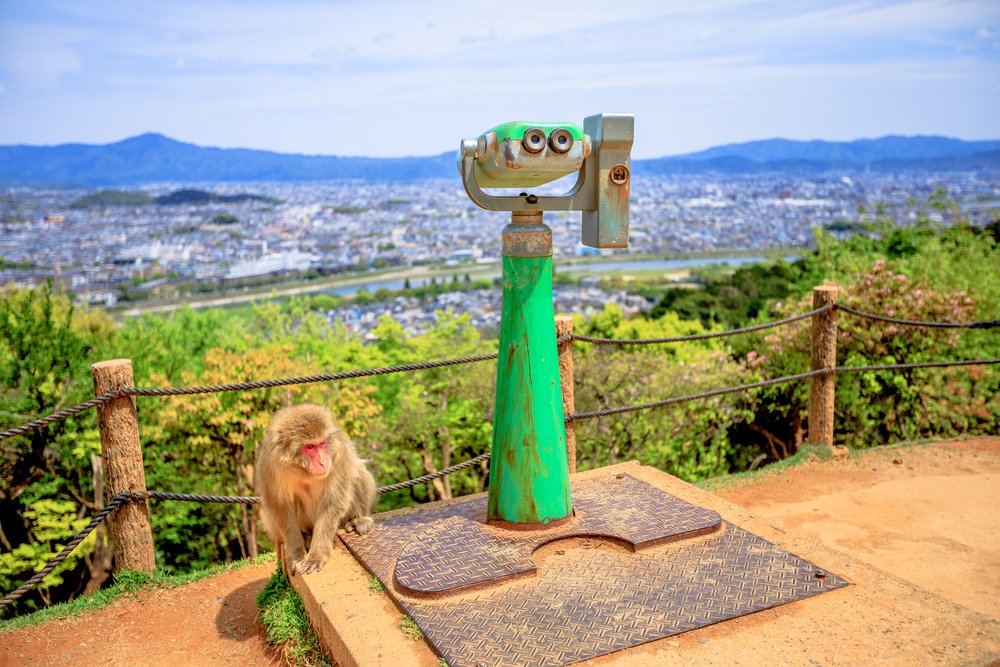
And this is only the beginning. The city of Kyoto contains about twenty percent of Japans national treasures and there are seventeen World Heritage Sites as designated by UNESCO.
From high speed rail to ancient temples, Kyoto is a place where you can touch the past, experience the present and see the future, all at the same time.



